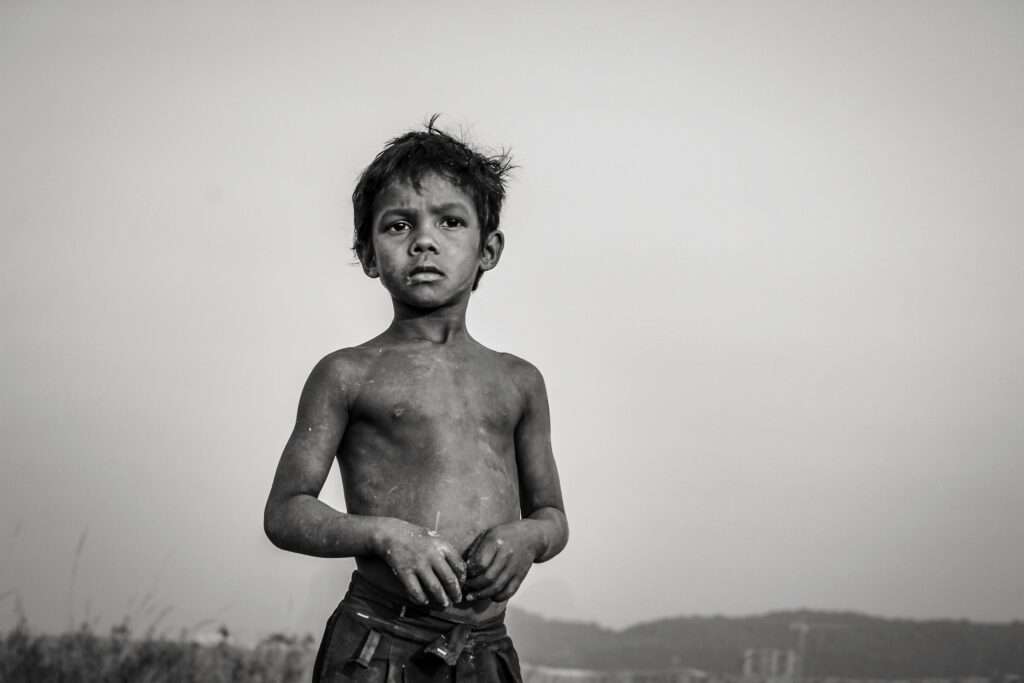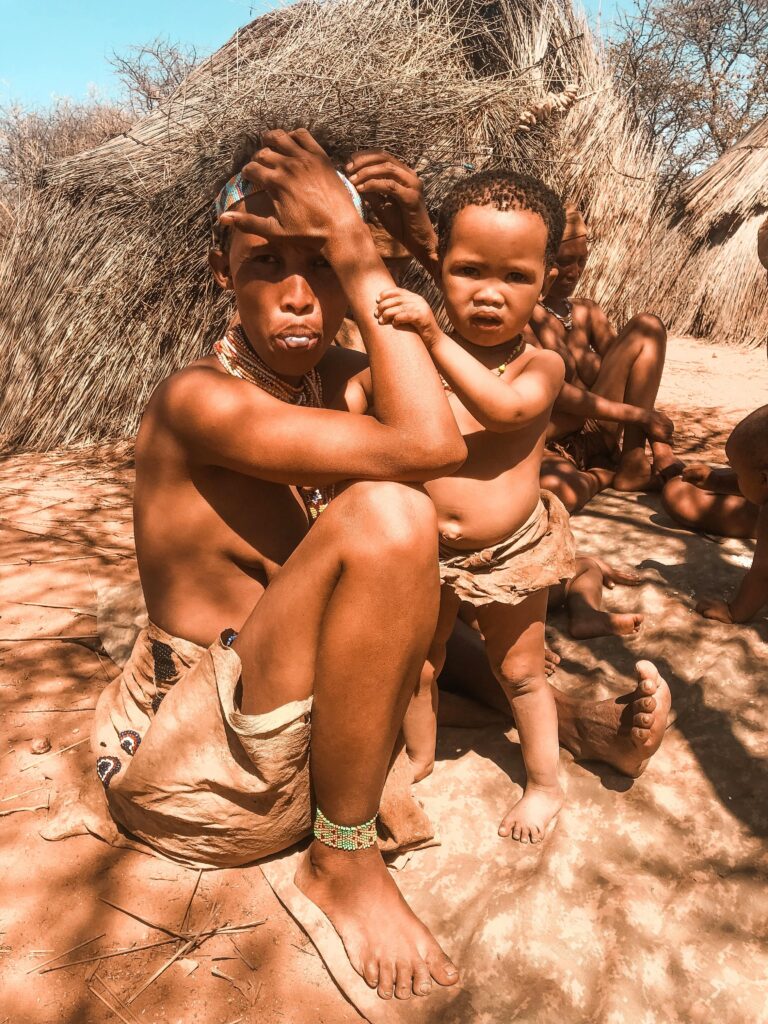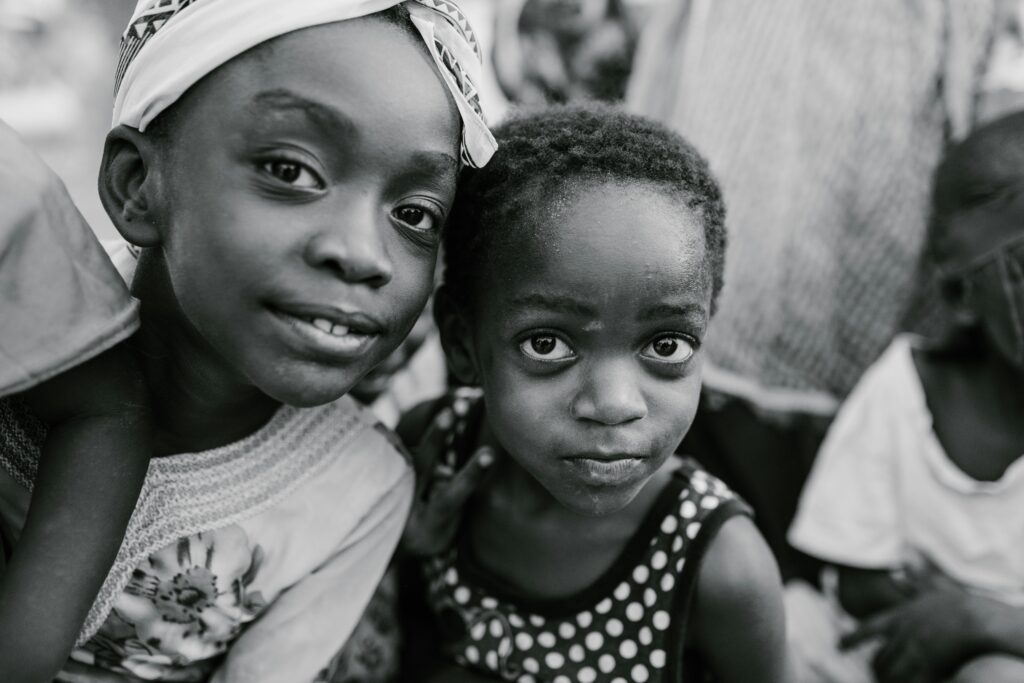Colombia’s Colonial Legacy
Exacerbating Malnutrition Among Colombian Children

by Delia Visbal • September 2024
Colombia, a nation abundant in cultural heritage and natural resources, continues to face significant social and economic challenges. One of the most pressing issues is malnutrition, particularly among its most vulnerable populations: children. A critical factor exacerbating this issue is the country’s colonial legacy, which laid a foundation of deep-seated inequalities that still impact Colombian society today.
Historical Context
The colonial history of Colombia established a framework of social and economic inequality that has persisted for centuries. Land distribution during the colonial era was heavily skewed, with a small elite class controlling vast expanses of arable land. This concentration of land created enduring economic disparities, marginalizing indigenous and rural communities, and setting the stage for ongoing socio-economic challenges.
The Legacy of Inequality
• Land Distribution: The colonial system established a pattern of land ownership that favored a few wealthy elites. Large haciendas were owned by colonial settlers and their descendants, while indigenous populations were often displaced and forced into less fertile regions. This unequal land distribution has had lasting effects, with a significant portion of Colombia’s rural population still lacking access to productive land. This lack of access directly affects their ability to grow food and maintain food security, perpetuating cycles of poverty and malnutrition.
• Economic Disparities: The economic model instituted during the colonial period prioritized the extraction of resources for export, benefiting the colonial powers at the expense of local development. This model has continued into modern times, where economic policies often favor large-scale agribusinesses and multinational corporations. Small-scale farmers and rural communities struggle to compete, leading to economic disenfranchisement and reduced access to resources necessary for adequate nutrition.
• Social Inequality: Colonialism also entrenched social hierarchies that privileged certain groups over others. Indigenous and Afro-Colombian communities were historically marginalized, a legacy that persists today. These groups often reside in remote areas with limited access to healthcare, education, and other essential services. The lack of infrastructure and social support exacerbates malnutrition rates, particularly among children.

Malnutrition Among Colombian Children Today
• Rural and Indigenous Communities: According to the World Health Organization (WHO) and UNICEF, in Colombia, about 8% of the population lacks access to basic drinking water services, a situation that disproportionately affects rural and indigenous communities. These communities face higher rates of malnutrition due to inadequate access to clean water, sanitation, and healthcare. The historical neglect and displacement of these populations have created environments where malnutrition can thrive.
• Internal Displacement: The ongoing internal conflict in Colombia, fueled by armed groups and drug trafficking organizations, has resulted in one of the highest populations of internally displaced persons (IDPs) in the world. Displacement strips families of their homes and livelihoods, forcing them into overcrowded urban areas or makeshift settlements. These environments lack the necessary infrastructure to support adequate nutrition, leading to higher malnutrition rates among displaced children.
• Healthcare Access: Healthcare services in conflict zones and rural areas are often inadequate or completely absent. Displaced children are particularly vulnerable as they miss out on essential healthcare services, including vaccinations and regular medical check-ups. Malnutrition rates among displaced children are alarmingly high, with many suffering from both acute and chronic malnutrition.
Addressing Malnutrition in Colombian Children
• Land Reform: Addressing the colonial legacy requires comprehensive land reform that redistributes land more equitably among Colombia’s rural and indigenous populations. Ensuring that these communities have access to productive land is crucial for improving food security and reducing malnutrition among children.
• Economic Policies: Economic policies must shift to support small-scale farmers and rural communities. Investment in local agriculture, infrastructure, and market access can empower these communities to achieve sustainable livelihoods and improve their children’s nutritional status.
• Social Support Systems: Strengthening social support systems is essential for addressing the root causes of malnutrition. This includes improving access to healthcare, education, and clean water in rural and marginalized areas. Programs that provide nutritional education and support to families can help break the cycle of malnutrition.
• Education: Displaced children often experience disruptions in their education, further limiting their access to nutritional programs typically provided in schools. Ensuring continuous education and access to school-based nutritional programs can help alleviate malnutrition among displaced children.
• Healthcare: Ensuring that children in conflict zones and rural areas have access to adequate healthcare services is crucial. Regular medical check-ups, vaccinations, and nutritional support can significantly reduce malnutrition rates among these vulnerable populations.

Conclusion
Colombia’s colonial legacy has left a profound impact on the country’s social and economic landscape, exacerbating malnutrition among its most vulnerable populations: children. Addressing this issue requires a multifaceted approach that tackles the historical roots of inequality. By implementing land reforms, supporting small-scale agriculture, and strengthening social support systems, Colombia can move towards a future where every child has the opportunity to thrive.
Organizations like NEACOL exemplify the power of collective action in combating three key issues that still face Colombian children: lack of health services, education and nutritious food. NEACOL helps many organizations every year to support healthier, more educated and prosperous communities.
Help us support Colombian children in need, click here to donate. Your contribution will help us continue to work for this cause.
Thank you for helping us fight Colombian children’s malnutrition.
